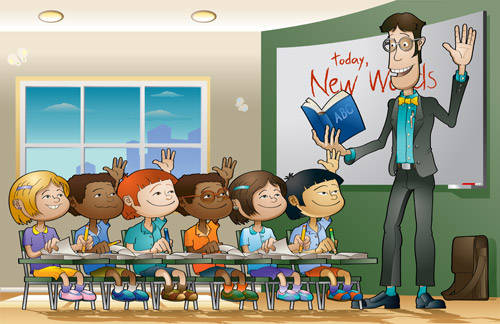Move that old school server to the cloud in minutes with GAFE
/see numerous schools who have decided to move all students and staff over to Google Apps for Education as they clearly see the benefit in a cloud based storage system over a local school based server. The major benefit being the ability to access data from both home and school.
It is surprising to see many of these schools still persist in using their traditional school based servers to store all of their old or existing curriculum documents.
This essentially means that once they walk out the school gates they are disconnected from all those great shared resources that they have been compiling for years. What is the purpose? And really why did you move to the cloud in the first place?
In my opinion there is no sense in going halfway to the cloud or you are simply stuck in fog.
The simple solution around this is to completely move your school server to the cloud by creating a separate GAFE account such as curriculum@myschool.edu set up some folders and share them with the right permissions and people to act in the exact same manner your old server did. Simply copy your old files onto these new folders and away you go.
This will instantly give you 30 GB of storage to house all of those school policies, shared units of works, resources etc.
Before you tell me your current server holds terabytes of data or thereabouts and it won't fit into 30 GB of storage remember it probably holds the data of all it’s users. Teachers, Students admin staff and so on.
If your staff and students already have Google Apps for Education accounts they have 30GB of their own storage, and as such you no longer need to store their data.
Furthermore you probably have gigabytes of photos and docs that haven’t been opened in the last decade that quite frankly should go. This is a great chance for a spring cleanout!
You are not bound by this 30GB limit either. Google allows you to buy extra storage at very reasonable pricing that will send that storage through the roof. Check out the pricing options here.
The final consideration you might have is backing up data. Well first off feel confident that Google has you covered. If Google goes down during Armageddon there are probably bigger issues to deal with…
But just in case, all you need to do is install the Google Drive app on a PC or Mac and log in with the curriculum account. This will synchronize all of that data in the cloud on a local computer and you can face the zombie apocalypse with confidence.
So there it is a cheap, fast and effective manner to move you old server to the cloud. I would preface this by reminding schools only to pursue this path if they have a robust internet connection.























